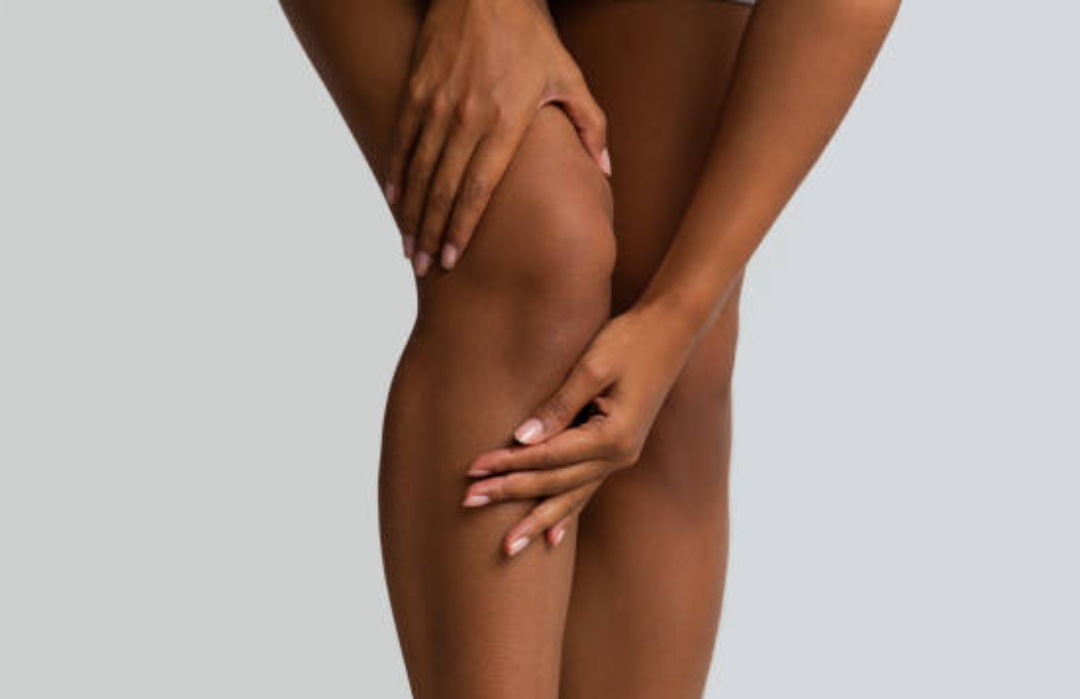Causes of Dark Spots Between Women’s Thighs and Effective Ways to Treat Them
Dark spots between a woman’s thighs, often referred to as thigh hyperpigmentation, can be a common concern for many women. These dark patches can be embarrassing and uncomfortable, leading to self-consciousness and decreased self-esteem.
ALSO READ: Somizi’s Daughter Bahumi Mhlongo Talks Overcoming Bullying Due to Her Chronic Condition
However, it’s essential to understand that this issue is not uncommon, and various causes and effective treatment options are available. In this blog post, we will explore the causes of dark spots between women’s thighs and provide you with practical ways to treat and prevent them.
Causes of Dark Spots Between Women’s Thighs
- Friction: One of the primary causes of dark spots between the thighs is friction. When the inner thighs rub together repeatedly, especially in hot and humid weather or during physical activity, it can lead to chafing. This constant friction can irritate the skin, causing it to darken over time.
- Obesity: Women who are overweight or obese may experience darkening between the thighs due to the skin folds and increased friction. The excess weight can lead to more pronounced chafing and skin irritation.
- Clothing Choices: Wearing tight-fitting clothing or fabrics that do not allow your skin to breathe can exacerbate thigh hyperpigmentation. Such clothing traps moisture and heat, creating an environment conducive to chafing and darkening.
- Sweating: Excessive sweating, especially in the thigh area, can contribute to dark spots. Sweat can contain salt and other chemicals that irritate the skin, leading to hyperpigmentation over time.
- Skin Type: Individuals with darker skin tones may be more prone to thigh hyperpigmentation due to increased melanin production. This can result in the development of dark patches more easily when subjected to irritants like friction or sweating.
Effective Ways to Treat Dark Spots Between Women’s Thighs

Now that we’ve discussed the common causes of dark spots between the thighs, let’s explore some effective ways to treat and prevent this condition:
- Maintain Proper Hygiene: Regularly clean the area between your thighs with a mild, fragrance-free soap and water. Pat the area dry gently, avoiding harsh rubbing that can worsen irritation.
- Wear Breathable Fabrics: Opt for loose-fitting clothing made from natural, breathable fabrics like cotton. This will reduce friction and allow your skin to breathe, minimizing the risk of chafing and darkening.
- Use Anti-Chafing Products: Apply anti-chafing creams, powders, or balms to the inner thighs to create a barrier that reduces friction. These products can help prevent further darkening and soothe irritated skin.
- Weight Management: If weight is a contributing factor, adopting a healthier lifestyle through diet and exercise can help you lose excess weight and reduce friction between the thighs.
- Topical Treatments: There are various over-the-counter and prescription creams containing ingredients like hydroquinone, alpha hydroxy acids (AHAs), or retinoids that can help fade dark spots. Consult a dermatologist to determine the most suitable option for your skin type.
- Natural Remedies: Some natural remedies like aloe vera gel, lemon juice, or coconut oil may help lighten dark spots when applied regularly. However, be cautious with these remedies, as they may not be suitable for all skin types and could cause irritation.
- Sun Protection: Apply sunscreen with a high SPF to the inner thigh area, especially if you plan to spend time in the sun. Sun exposure can worsen hyperpigmentation.
- Consult a Dermatologist: If your dark spots persist or worsen despite home remedies, consult a dermatologist. They can provide personalized advice and may recommend more advanced treatments like chemical peels or laser therapy.
Conclusion
Dark spots between women’s thighs can be a frustrating issue, but with proper care and attention, they can be effectively treated and prevented. Remember that what works for one person may not work for another, so it’s essential to find the right combination of remedies and lifestyle changes that suit your individual needs. Prioritize your skin health, and don’t hesitate to seek professional advice when necessary. With patience and consistent effort, you can achieve smoother, more even-toned thighs and regain your confidence.
